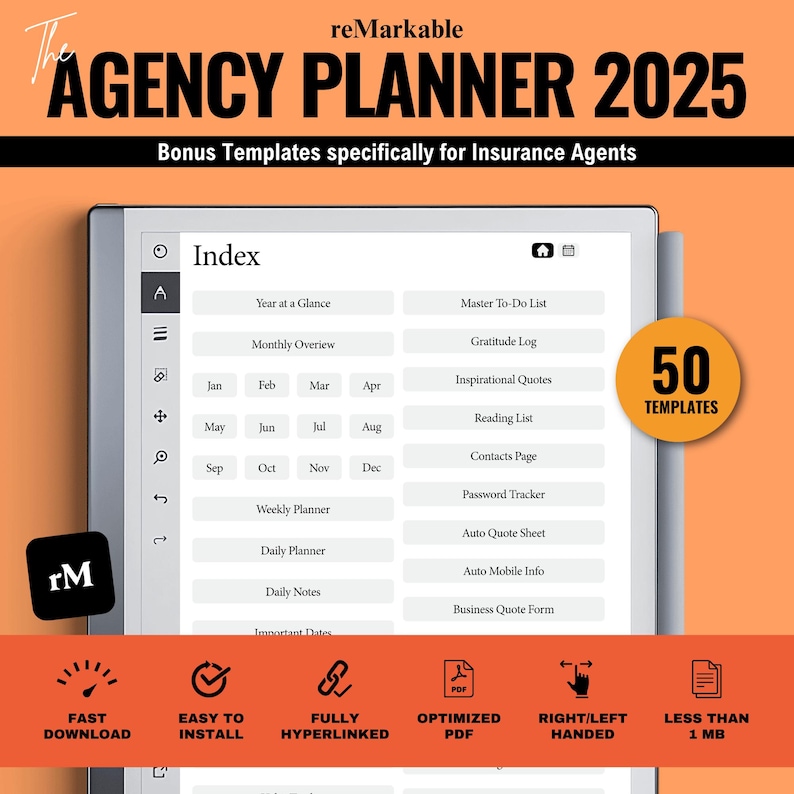Floods can strike unexpectedly, causing significant damage to homes, infrastructure, and communities. For residents of the 46224 area in Indianapolis, understanding flood risk is crucial for making informed decisions about safety, insurance, and preparedness. In this article, we’ll explore the key factors that contribute to flooding in this region, examine the latest flood risk assessments, and provide practical advice to help you protect your property and loved ones. Whether you’re a homeowner, renter, or local business owner, knowing what to expect and how to respond can make all the difference when it comes to flood resilience.
Table of Contents
- Understanding the Geographic and Climatic Factors Influencing Flood Risk in 46224 Indianapolis
- Analyzing Historical Flood Data to Identify Vulnerable Areas
- Essential Flood Preparedness Measures for Homeowners and Residents
- Long-Term Strategies for Mitigating Flood Impact in the Community
- Wrapping Up
Understanding the Geographic and Climatic Factors Influencing Flood Risk in 46224 Indianapolis
Situated in the heart of Indiana, 46224 Indianapolis is subject to a unique set of geographic characteristics that play a critical role in shaping flood risk. The area’s topography features a combination of low-lying floodplains near waterways like Fall Creek and Eagle Creek, making these zones particularly vulnerable during heavy rainfall events. Additionally, the region’s soil composition—characterized by clay-heavy and compacted soils—limits natural water absorption, often resulting in higher surface runoff. Urban development further complicates drainage patterns, as impervious surfaces such as roads and parking lots prevent water infiltration, contributing to quicker and more intense flooding.
Climatic factors in 46224 also significantly influence flood risk, with the area experiencing a humid continental climate marked by cold winters and warm, wet summers. Seasonal thunderstorms and occasional extreme precipitation events can overwhelm local drainage infrastructure. Key climatic considerations include:
- Seasonal rainfall variability: Periods of heavy rain combined with saturated ground conditions amplify flood potential.
- Stormwater management challenges: Intense rainstorms can lead to flash flooding, especially in urbanized zones.
- Snowmelt contribution: In spring, rapid snowmelt following winter accumulation can increase stream and river levels.
Understanding these intertwined geographic and climatic elements is essential for residents and local planners aiming to mitigate flood hazards effectively.
Analyzing Historical Flood Data to Identify Vulnerable Areas
To effectively predict and prepare for future flooding events in the 46224 area of Indianapolis, it’s essential to delve into decades of flood data collected from both governmental and local sources. This data reveals patterns in river overflow, rainfall intensity, and drainage failures that have historically contributed to flooding. By mapping these events against demographic and infrastructure information, areas with the highest frequency and severity of flooding become apparent. Key factors to consider include:
- Proximity to water bodies like White River and its tributaries
- Topography and natural drainage characteristics
- Historical floodplain boundaries and changes over time
- Urban development impact on natural water flow
Analyzing this historical data not only highlights the neighborhoods most at risk but also helps planners identify where mitigation efforts, such as improved stormwater management systems and community outreach, are most urgently needed. Understanding these vulnerabilities supports more informed decision-making, allowing residents and local authorities to prioritize resources and implement adaptive measures to minimize damage from future floods.
Essential Flood Preparedness Measures for Homeowners and Residents
Homeowners and residents in the 46224 area must take proactive steps to mitigate flood damage and ensure safety. Start by creating an emergency action plan that includes evacuation routes, safe meeting spots, and communication methods. Prioritize installing sump pumps with battery backup in basements to manage unexpected water accumulation. Elevating electrical appliances and critical utilities above potential flood levels can significantly reduce damage and risk of fire or electrocution during floods.
Equipping homes with basic flood-prevention tools is equally vital. Keep an accessible stockpile of sandbags, waterproof sealants, and plastic sheeting to help defend against rising water. Additionally, clearing gutters and storm drains of debris can prevent blockages that worsen flooding. Regularly review and update your homeowner’s insurance policy to ensure that flood coverage is included; many policies exclude flood damage by default, leaving residents vulnerable without proper protection.
Long-Term Strategies for Mitigating Flood Impact in the Community
Investing in resilient infrastructure should be at the forefront of any community’s long-term flood mitigation plans. Elevating roadways, retrofitting bridges, and constructing advanced stormwater management systems can drastically reduce the adverse effects of flooding events. Additionally, restoring natural floodplains and wetlands acts as a buffer by absorbing excess water, helping to prevent rapid runoff that overwhelms urban drainage. These nature-based solutions not only enhance flood resilience but also improve local ecosystems, benefiting biodiversity and air quality.
Community engagement and education are equally crucial in embedding flood preparedness into daily life. Establishing neighborhood watch groups focused on flood alerts, encouraging property owners to invest in floodproofing measures, and developing clear evacuation routes ensure that residents are not caught off guard. Key long-term components include:
- Updating zoning laws to discourage development in high-risk zones.
- Implementing green infrastructure such as rain gardens and permeable pavements to reduce runoff.
- Securing funding for continuous maintenance and improvements of flood defenses.
Wrapping Up
In a city like Indianapolis, where the 46224 area faces its unique challenges, understanding flood risk is more than just preparation — it’s a crucial step toward protecting your home, family, and community. By staying informed about local flood patterns, utilizing available resources, and taking proactive measures, residents can better navigate the uncertainties that come with severe weather. Flooding may be unpredictable, but with knowledge and readiness, the impact doesn’t have to be devastating. Stay vigilant, stay prepared, and prioritize safety to help safeguard what matters most.






